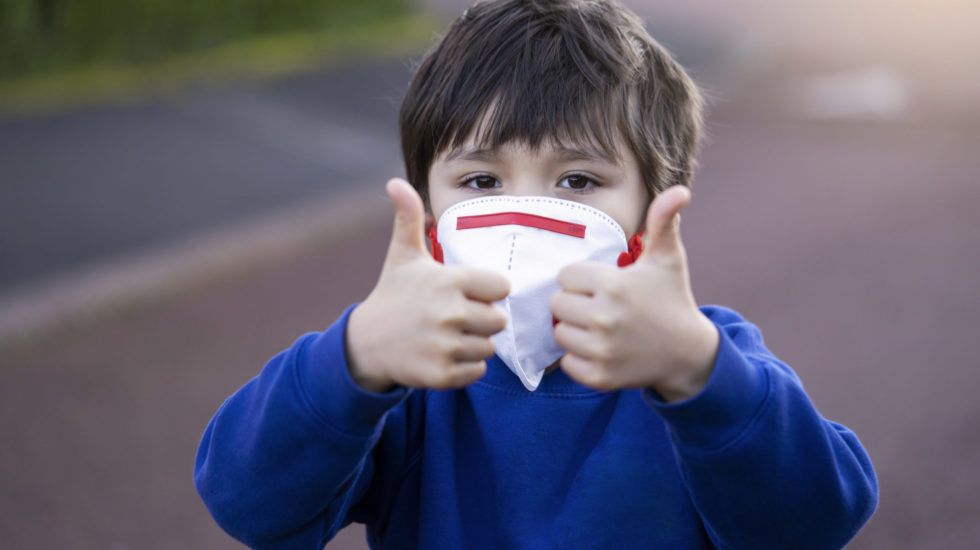It’s a mystery at the heart of the virulent global spread of the Covid-19 coronavirus and the deadly illness it causes:
Children seem all but immune.
In China, where the outbreak began, only 2.4% of reported cases were children — and just 0.2% were children who got critically ill, reports the Washington Post, citing the World Health Organization (WHO).
Even more startling, China reports “no case of a young child dying” from Covid-19 infection.
In contrast, the fatality rate in China for those over age 80 is nearly 22%, WHO reports.
“That means the new coronavirus is behaving very differently from other viruses, like seasonal influenza, which are usually especially dangerous for the very young,” as well as the very old, the Post says.
This curious fact could help researchers learn how the virus works — and develop ways to fight infections or prevent new ones.
Frank Esper, a pediatric infectious disease specialist at Cleveland Clinic Children’s Hospital, says one clue is that “previous coronavirus outbreaks have also mysteriously spared the young,” including both SARS in 2002 and MERS, which appeared in 2012, the Post says.
“Some experts have floated a theory that because children are so heavily exposed to four other mild coronaviruses, which circulate every year and cause the common cold, that may give kids some kind of strengthened immunity” the newspaper says.
But others suspect that something about children’s bodies or lungs interferes with the virus’s ability to attach itself to them.
“It just shows you how much we don’t know about this virus,” Stuart Weston, a virologist at the University of Maryland School of Medicine, told the Post. “The focus now is on vaccines and treatment, but there are all these big questions we’re going to want to answer in the long-term if we want to really understand how these coronaviruses work.”



